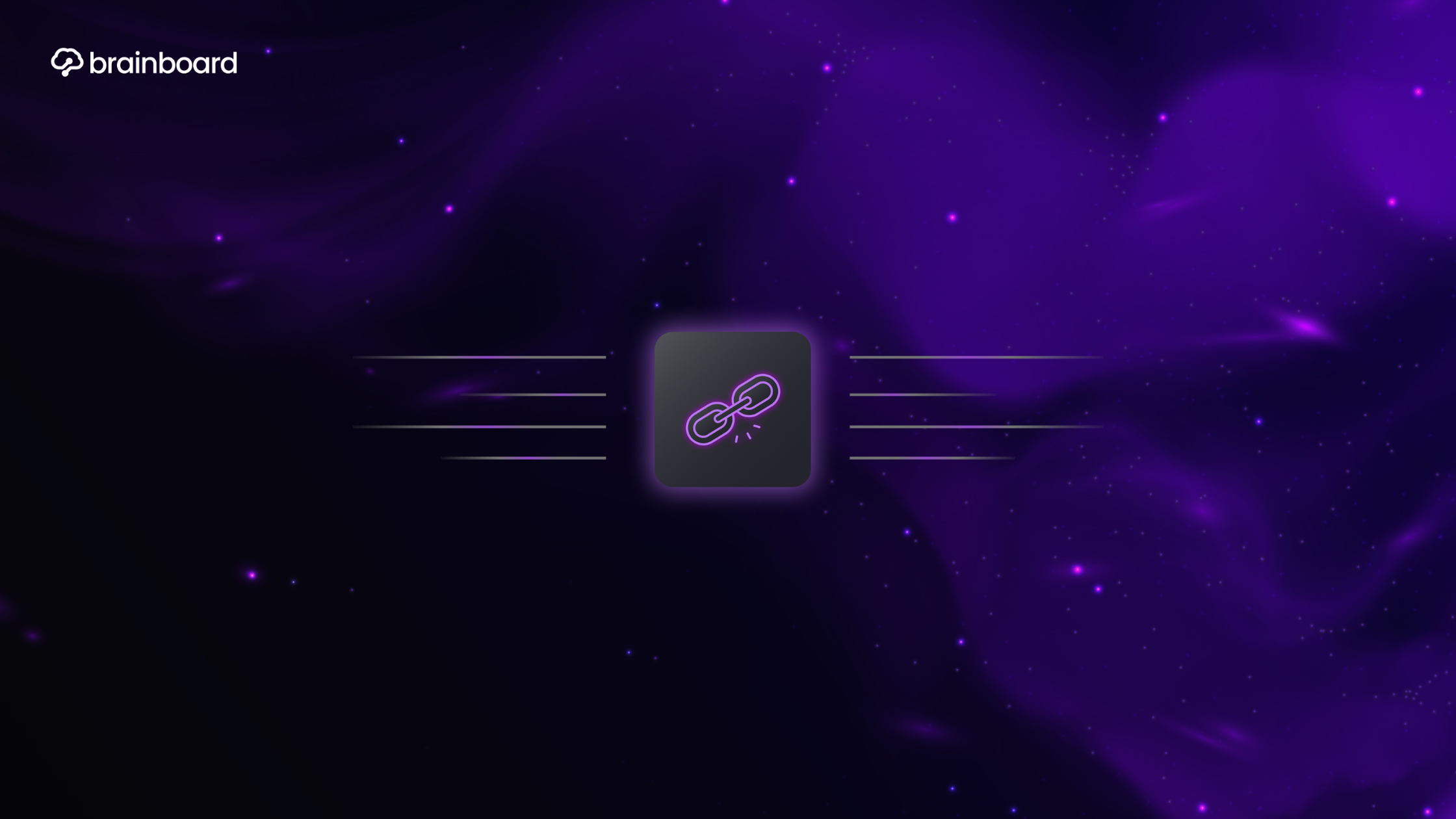Understanding Terraform type constraints: your key to bulletproof infrastructure code
Have you ever deployed infrastructure only to watch it crash because someone passed a string where a number should be? If you’re nodding your head right now, you’re not alone. Type constraints in Terraform are like the safety nets that circus performers use – they catch you before things go terribly wrong.
What are type constraints and why should you care?
Think of type constraints as the bouncers at an exclusive club. They check every variable at the door and make sure only the right types get in. In Terraform, these constraints ensure that your variables receive exactly the kind of data they’re expecting, nothing more, nothing less.
When you’re managing infrastructure as code, a small typo or misunderstanding about data types can lead to hours of debugging or, worse, production outages. Type constraints act as your first line of defense, catching these issues during the plan phase rather than during a 3 AM emergency deployment.
The fundamental types: your building blocks
Let’s start with the basics – the primitive types that form the foundation of everything else you’ll do in Terraform.
String type
The string type is probably what you’ll use most often. It’s straightforward – any text value wrapped in quotes. Here’s how you’d define it:
variable "environment" {
type = string
description = "The deployment environment"
default = "development"
}Number type
Numbers in Terraform can be integers or decimals. The beauty is that Terraform doesn’t make you choose – it figures it out automatically:
variable "instance_count" {
type = number
description = "Number of instances to create"
default = 3
}
variable "cpu_threshold" {
type = number
description = "CPU utilization threshold"
default = 75.5
}Bool type
Sometimes you just need a simple yes or no answer. That’s where boolean types come in handy:
variable "enable_monitoring" {
type = bool
description = "Enable CloudWatch monitoring"
default = true
}Complex types: when simple isn’t enough
Now here’s where things get interesting. Real-world infrastructure rarely fits into simple boxes, and that’s where complex types shine.
List type
Lists are ordered collections where every element must be the same type. Think of them as a line of identical boxes:
variable "availability_zones" {
type = list(string)
description = "List of AZs to deploy into"
default = ["us-east-1a", "us-east-1b", "us-east-1c"]
}Set type
Sets are like lists with a twist – they only contain unique values and the order doesn’t matter. Perfect for when you need to ensure no duplicates:
variable "security_groups" {
type = set(string)
description = "Set of security group IDs"
default = ["sg-123", "sg-456", "sg-789"]
}Map type
Maps are key-value pairs, like a dictionary where you look up values by their keys:
variable "instance_tags" {
type = map(string)
description = "Tags to apply to instances"
default = {
Environment = "production"
Team = "platform"
CostCenter = "engineering"
}
}Object type
Objects are where you really start to flex your muscles. They let you define complex structures with different types for each attribute:
variable "database_config" {
type = object({
engine = string
version = string
instance_class = string
storage_gb = number
multi_az = bool
backup_days = number
})
default = {
engine = "postgres"
version = "13.7"
instance_class = "db.t3.medium"
storage_gb = 100
multi_az = true
backup_days = 7
}
}Tuple type
Tuples are like lists with a predetermined structure. Each position can have a different type:
variable "network_config" {
type = tuple([string, number, bool])
description = "Network configuration: [subnet_id, port, public_ip]"
default = ["subnet-abc123", 443, true]
}The special ‘any’ type: use with caution
Sometimes you need maximum flexibility, and that’s where the any type comes in. It’s like a wildcard that accepts anything:
variable "custom_config" {
type = any
description = "Custom configuration object"
}But here’s the thing – using any is like removing the safety net we talked about earlier. Use it sparingly and only when you really need that flexibility.
Optional attributes and default values
Terraform 1.3 introduced optional object attributes, which is a game-changer for creating flexible yet type-safe configurations:
variable "app_config" {
type = object({
name = string
port = optional(number, 8080)
replicas = optional(number, 2)
features = optional(map(bool), {})
})
}This lets users provide only what they need while you maintain sensible defaults for everything else.
Type constraints in practice: real-world examples
Let me show you how this all comes together in a real scenario. Imagine you’re building a module for deploying containerized applications:
variable "applications" {
type = list(object({
name = string
image = string
cpu = optional(number, 0.5)
memory = optional(number, 512)
environment = optional(map(string), {})
ports = optional(list(number), [])
health_check = optional(object({
path = string
interval = optional(number, 30)
timeout = optional(number, 5)
}))
}))
description = "List of applications to deploy"
}This structure gives you incredible flexibility while maintaining type safety. Users can provide minimal configuration for simple apps or detailed specs for complex ones.
Validation rules: taking it to the next level
Type constraints ensure the right type, but validation rules ensure the right values:
variable "instance_type" {
type = string
description = "EC2 instance type"
validation {
condition = can(regex("^t3\\.(micro|small|medium|large)$", var.instance_type))
error_message = "Instance type must be a t3 series (micro, small, medium, or large)."
}
}
variable "backup_retention_days" {
type = number
description = "Number of days to retain backups"
validation {
condition = var.backup_retention_days >= 1 && var.backup_retention_days <= 35
error_message = "Backup retention must be between 1 and 35 days."
}
}Best practices for using type constraints
After years of working with Terraform, I’ve learned a few tricks that make life easier:
- Be specific rather than generic – Use
list(string)instead oflist(any)whenever possible - Document your constraints – Future you will thank present you
- Use optional attributes – They make your modules more user-friendly
- Combine with validation – Type constraints catch type errors, validation catches logic errors
- Test your constraints – Write tests that try to break your type definitions
Common pitfalls and how to avoid them
Let’s talk about the mistakes I see most often. First, overusing the any type defeats the purpose of having constraints in the first place. Second, making everything required when optional would work creates frustrating user experiences. And third, not considering how your constraints affect module reusability can paint you into a corner later.
Conclusion
Type constraints in Terraform aren’t just about catching errors – they’re about creating infrastructure code that’s self-documenting, maintainable, and reliable. By taking the time to properly define your types, you’re investing in the future stability of your infrastructure. Remember, the goal isn’t to add constraints for the sake of it, but to create guardrails that guide users toward success while preventing common mistakes. Start simple with primitive types, gradually incorporate complex types as needed, and always keep the end user in mind.
FAQs
How do type constraints affect Terraform performance?
Type constraints are evaluated during the planning phase and have minimal impact on performance. In fact, they can improve performance by catching errors early, preventing unnecessary API calls and resource creation attempts. The validation happens locally before any infrastructure changes are made.
Can I change type constraints without breaking existing configurations?
Changing type constraints requires careful consideration. Making constraints less restrictive (like changing from string to any) is generally safe, but making them more restrictive can break existing code. Always test changes in a non-production environment first and consider using versioning for your modules.
What’s the difference between using list(string) and set(string)?
Lists maintain order and allow duplicates, while sets automatically remove duplicates and don’t preserve order. Use lists when sequence matters (like defining build steps) and sets when you need unique values (like security group IDs or user permissions).
Should I use type constraints for all variables in my modules?
Yes, absolutely! Even for simple string variables, explicitly declaring the type makes your code more maintainable and self-documenting. It takes minimal effort but provides significant benefits in terms of error prevention and code clarity.
How do optional attributes work with complex nested objects?
Optional attributes can be nested within complex objects, and each level can have its own defaults. When a parent object is optional and not provided, all its child attributes are also considered absent. This creates flexible schemas that adapt to various use cases without requiring users to specify every detail.

